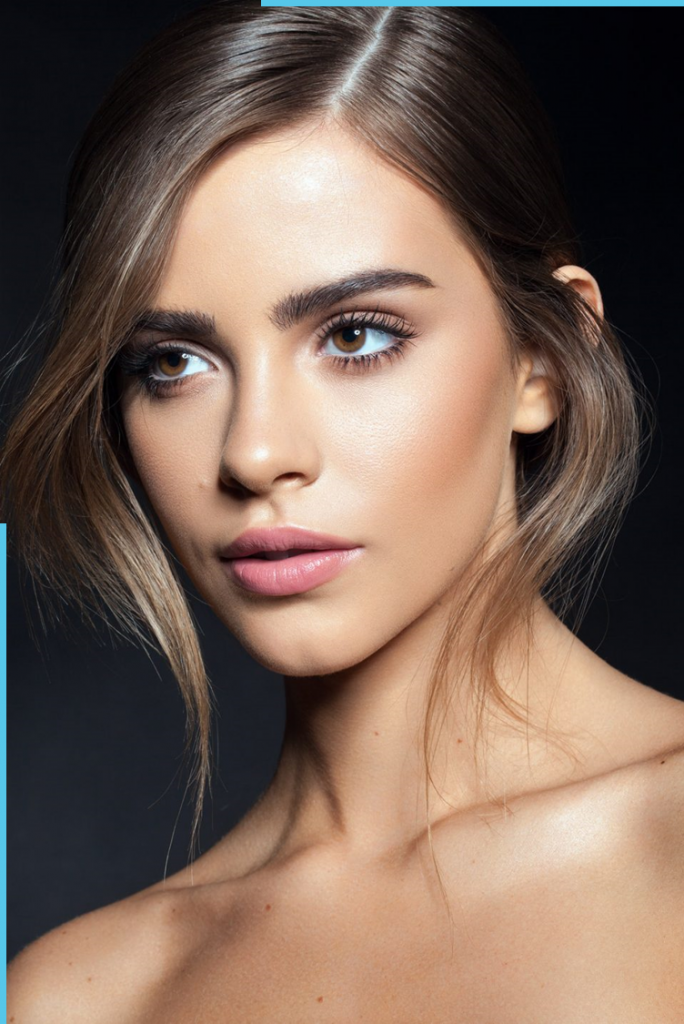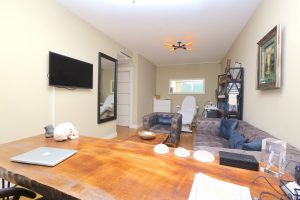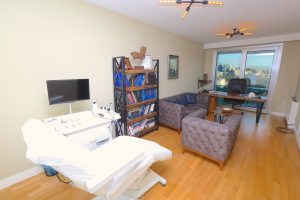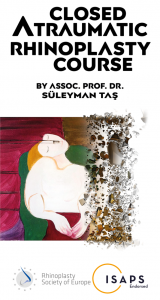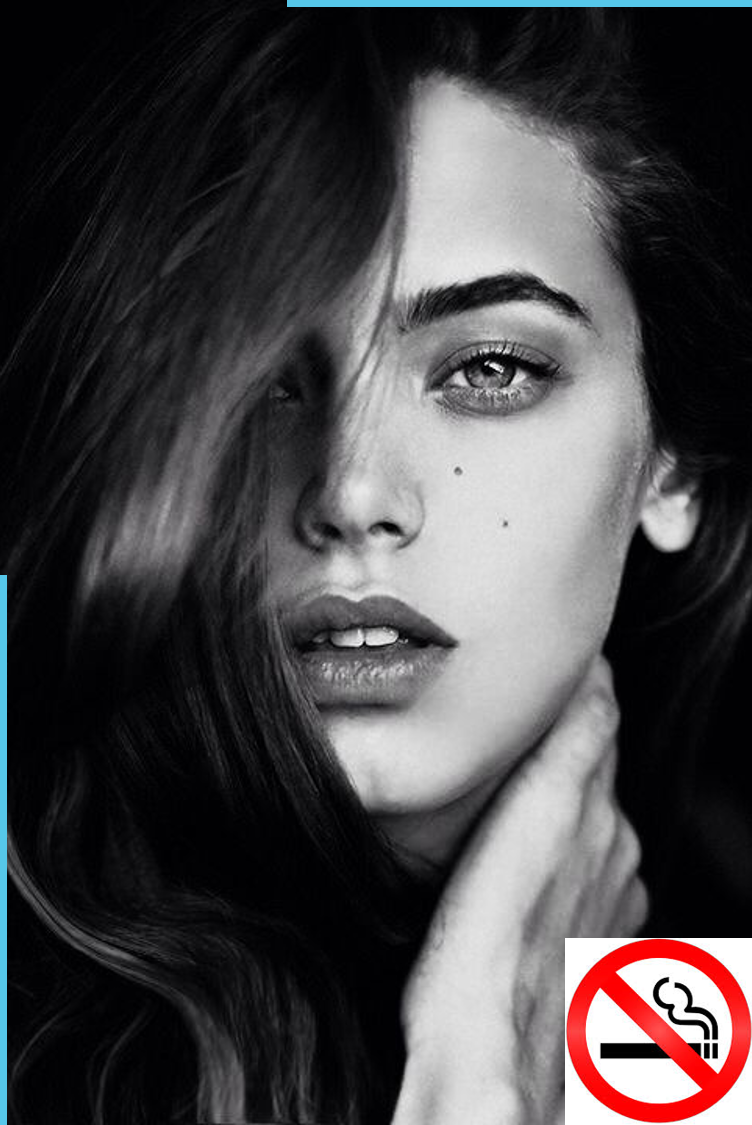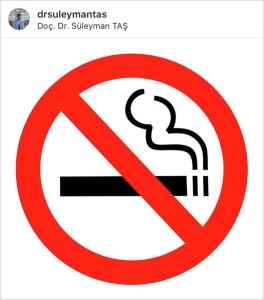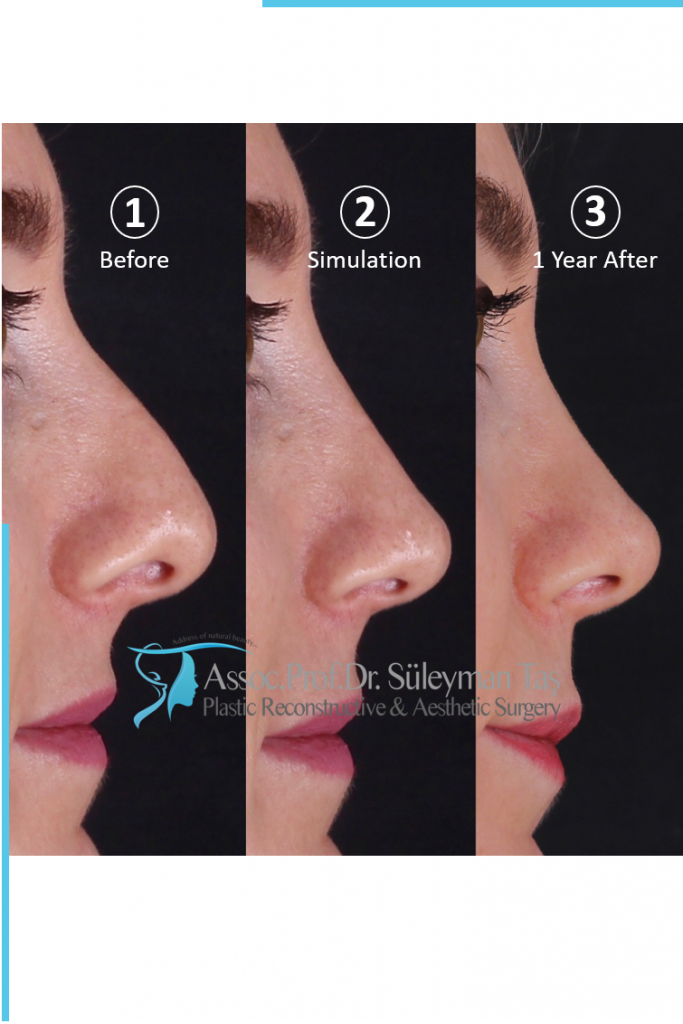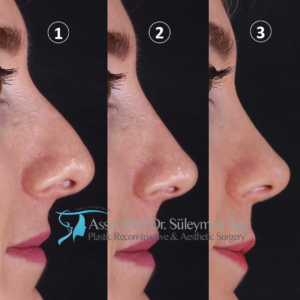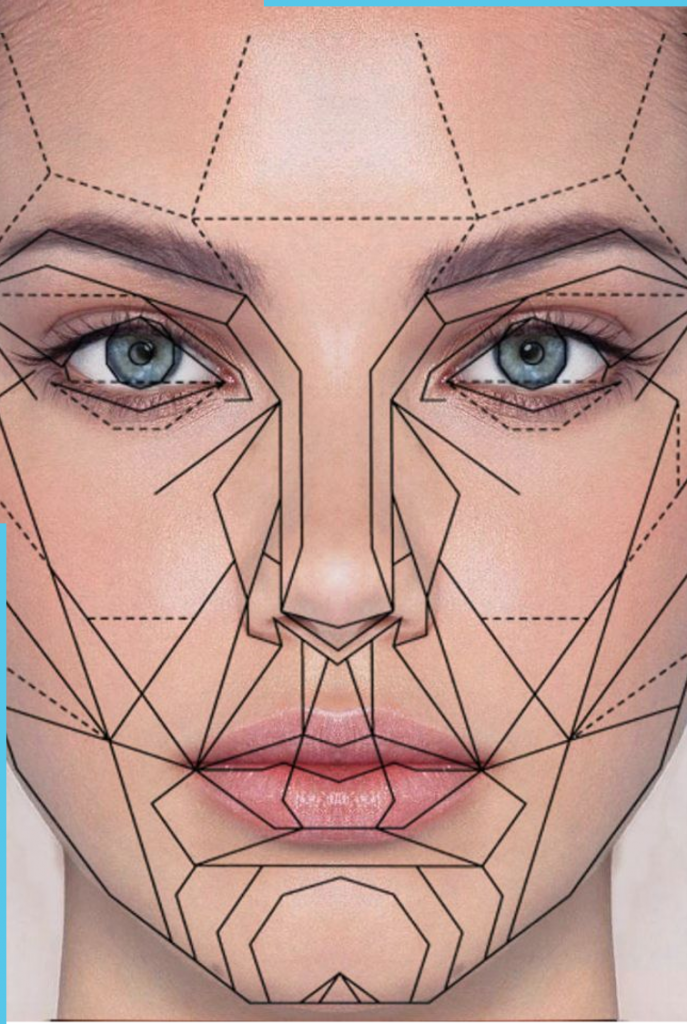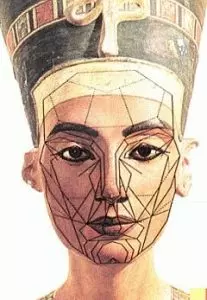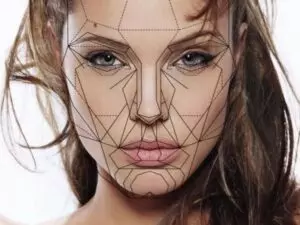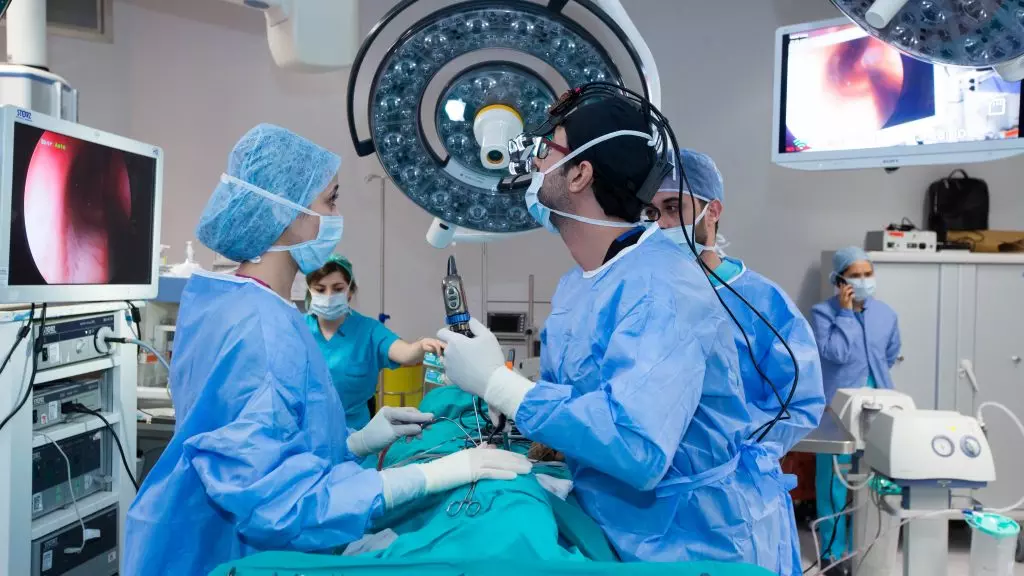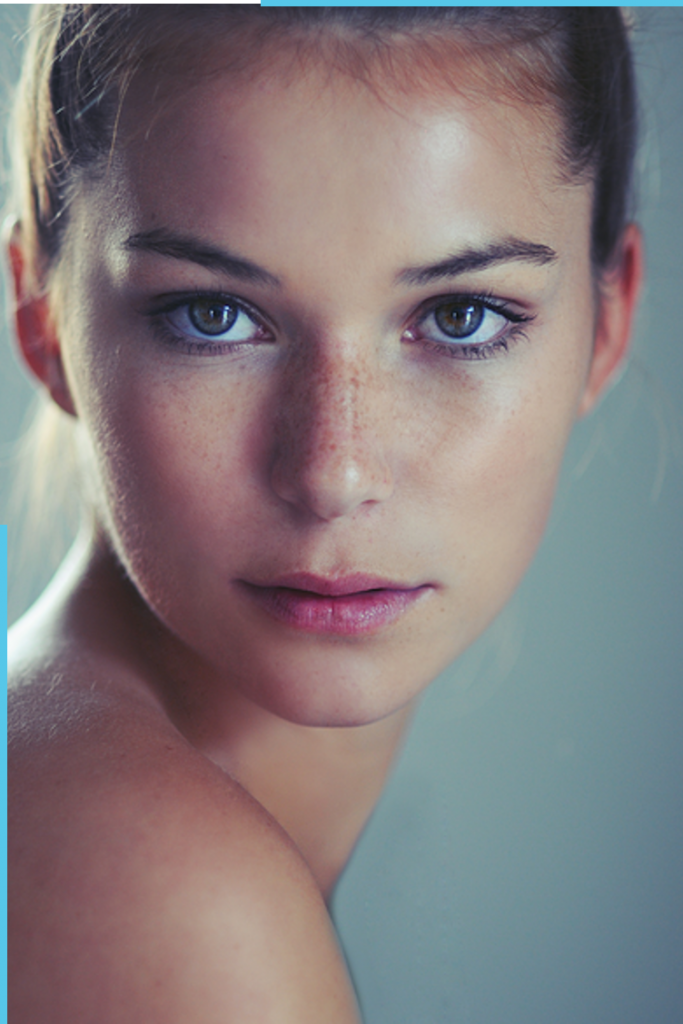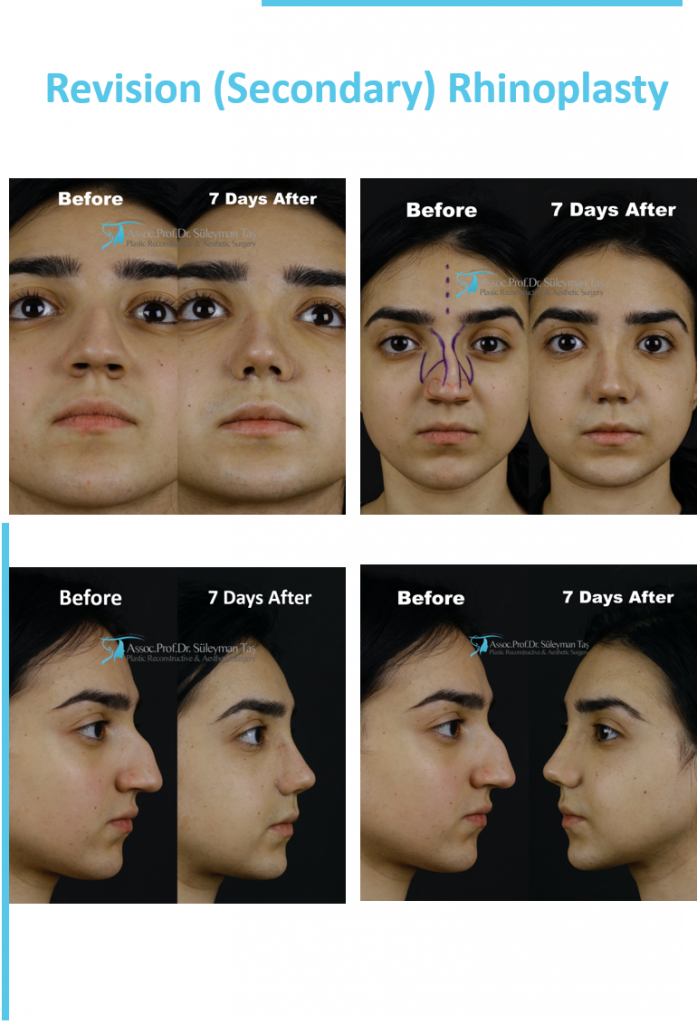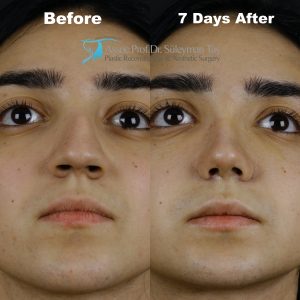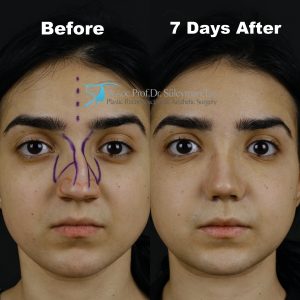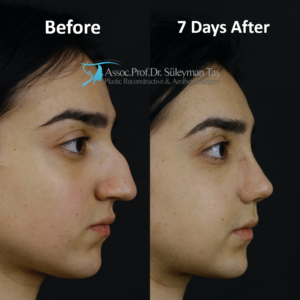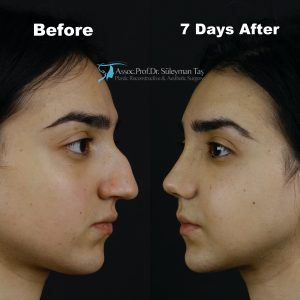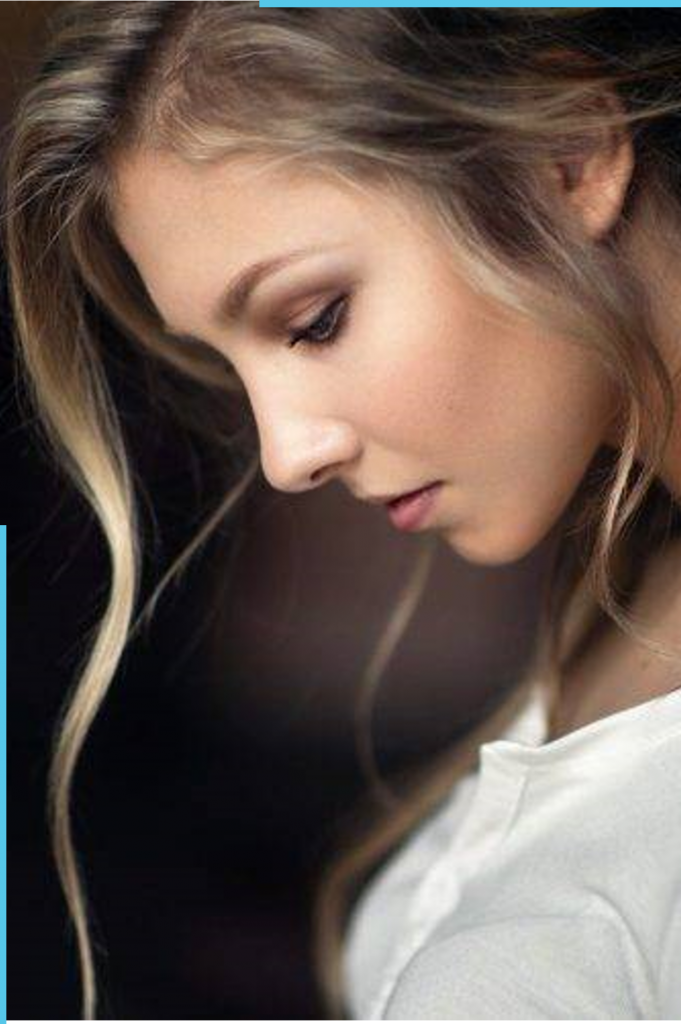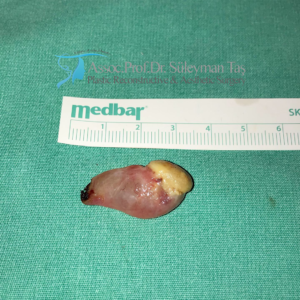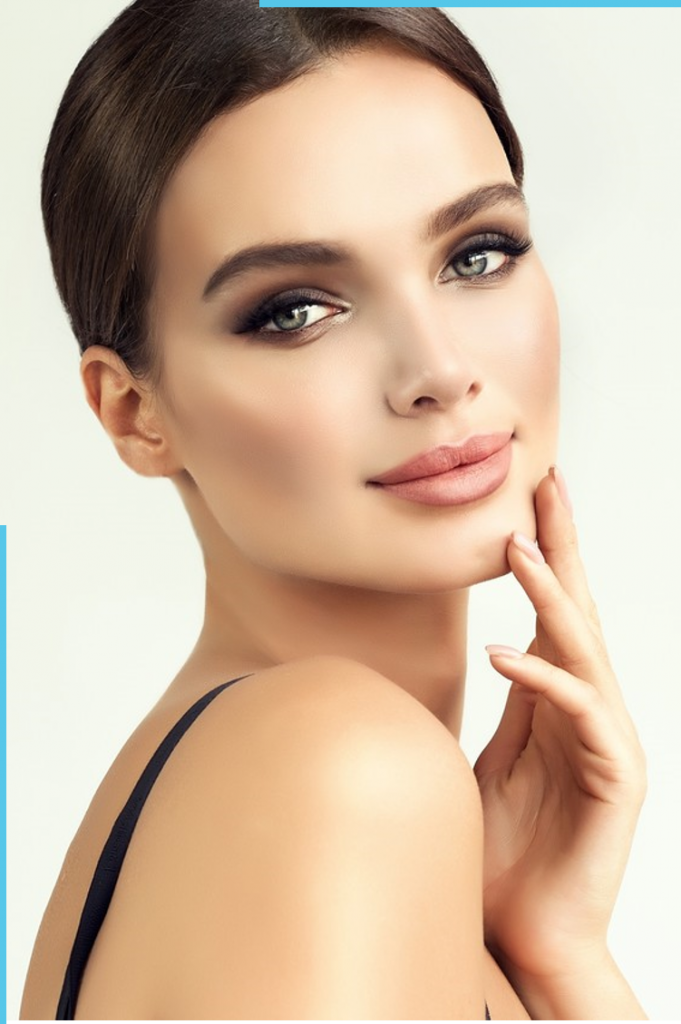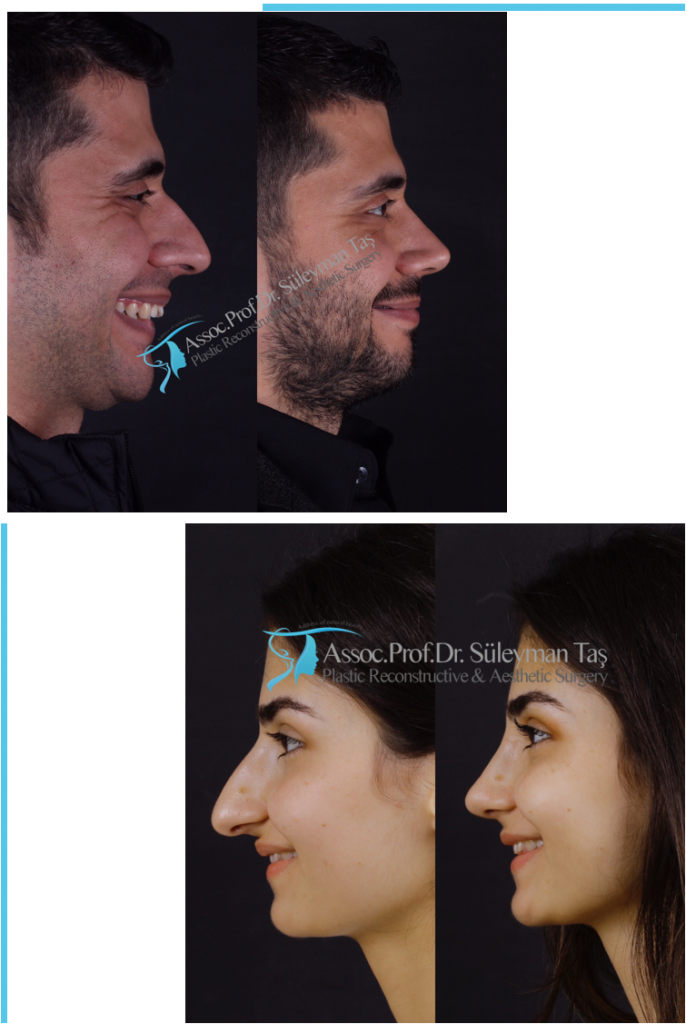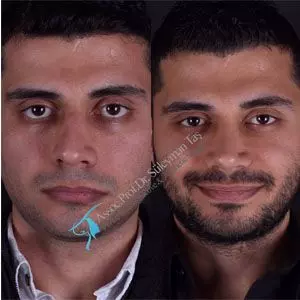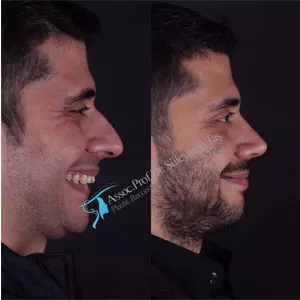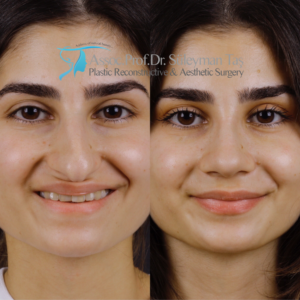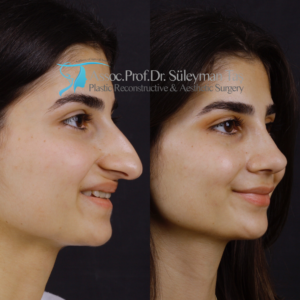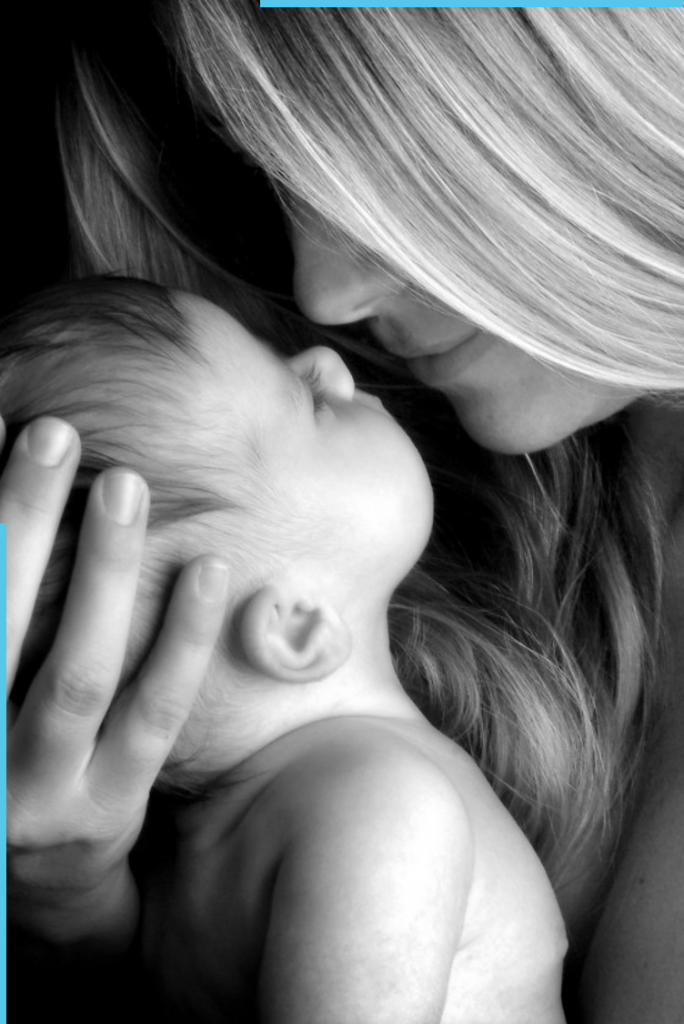
Breast Feeding and Nose Surgery
There are thousands of people who desire to have nose surgery. Female patients are curious about breastfeeding after nose surgery. The common questions are “Is Nose Surgery Possible During Breast Feeding?”, “How Long Do I have to Wait to Breast Feed After Nose Surgery?” and “How Long Does Anesthesia Stay in Breast Milk?”.
As it is known, babies get only breast milk as nutrients in the first 6 months of their lives. Nose surgery should be preferred only after the end of the breastfeeding period. This rule also applies to any kind of surgery that requires anesthesia. In other words, mothers and candidates can start considering rhinoplasty when their babies start eating supplementary food.
Anesthesia Changes the Structure of Breast Milk
We stated that nose surgery can be planned after the baby starts supplementary food after the first 6 months. On the other hand, medications taken during anesthesia and other similar conditions during surgery cause changes in the structure of breast milk. In this process, babies should never get breastfeeding. Even though they coincide with the period when they started supplementary food, breast milk should still not be cut. Therefore, enough breast milk can be accumulated until the effects of anesthesia are over and it can be given to the baby through a baby bottle.
The Decision Should Be Taken with the Plastic Surgeon
Additionally, if you want to have a nose job after your pregnancy, you should definitely inform the Doctor who will perform your surgery. Thus, your rhinoplasty plastic surgeon will guide you in this direction and make his recommendations. By following these recommendations, you can proceed with the process in a very healthy way for both your baby and yourself.
Recommendations to Patients Seeking Nose Surgery During Breast Feeding
In the last part of our article, we will share some general recommendations to mothers who are planning to have nose surgery during breastfeeding:
- As we mentioned earlier, the baby should not be breastfed during anesthesia. Although there are minor changes depending on the person and surgery, the anesthetic effect passes on average within 8 hours. Your doctor will inform you about this.
- There is no big deal that will require you to worry about the health of both your baby and yourself during the recovery process of the nose surgery.
- As with everyone, you should protect your nose from any kind of trauma (injuries) after the nose surgery. For this, you should avoid sudden movements on your nose that your baby can do while on your lap.
- You must proceed within the specific rules stated by the doctor before nose surgery. For example, you should be very careful about nutrition, especially as a mother.
- Breastfeeding women who have nose surgery should definitely seek support from their relatives. At the top of the list where they can ask for help is baby aftercare which can be heavy-duty, especially right after surgery. As a matter of fact, people who have nose surgery should have a quality rest after the operation and move less during the day.
Breast Implant Before and After Pictures
Breast Reduction Before and After Pictures
Breast Uplift Before and After Pictures
Nose Surgery Before and After Pictures
We have come to the end of the article about breastfeeding and nose surgery. If you are a mother who is breastfeeding or will be new to breastfeeding and want to have nose surgery, you can contact us to learn the details about rhinoplasty.


